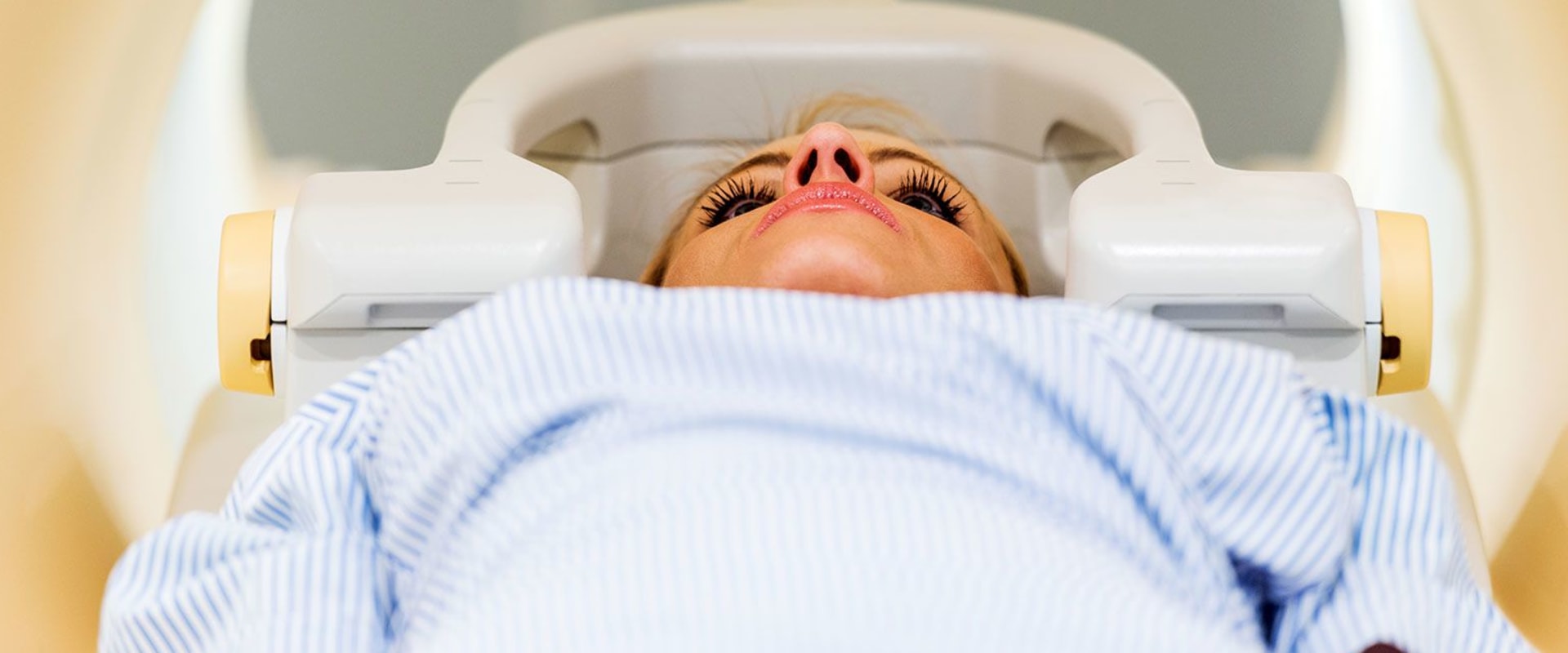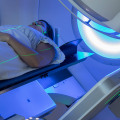The standard schedule for receiving total breast radiation is 5 days a week (Monday through Friday) for approximately 6 to 7 weeks. Increasingly, doctors recommend shorter treatment programs (hypofractionated treatment). Irradiation of the entire breast can often be shortened by one to four weeks. Partial breast irradiation can be completed in five days or less.
These hypofractionated treatment programs work as well as longer ones and may reduce the risk of some side effects. Your radiation oncologist can help you decide on the course that's right for you. External-beam radiation is usually given once a day, 5 days a week, for a period of 2 to 10 weeks on an outpatient basis. This means that you can go home after treatment.
Radiation therapy for early-stage breast cancer most often involves treatment once a day, 5 days a week, for 1 to 6 weeks. The radiation session program is designed to treat breast cancer. Therefore, schedules vary from person to person. If your treatment plan includes mastectomy, radiation therapy, and breast reconstruction, discuss potential risks with your plastic surgeon and radiation oncologist.
Before starting internal radiation therapy (brachytherapy), a special device is placed to place the radioactive material in the area where the cancer was removed. The most common type of radiation therapy is external-beam radiation, according to the American Cancer Society. A booster increases the amount of radiation delivered to the tumor bed, which is the area most at risk of breast cancer recurrence. However, there are some patients who derive less benefit from radiation, including patients 65 years of age or older with small cancers.
Discuss the pros and cons of partial breast radiation therapy compared to total breast radiation therapy. Before the first treatment session, you'll conduct a radiation therapy planning session (simulation), in which a radiation oncologist carefully maps the area of your breasts to determine the precise location of the treatment. The National Comprehensive Cancer Network (NCCN), the American Society for Clinical Oncology (ASCO) and the American Society for Radiation Oncology (ASTRO) are respected organizations that regularly review and update their guidelines. With this method, a large machine sends beams of radiation to the area of the breast that has been affected by cancer.
Depending on the type and stage of the cancer, radiation may be used alone as a treatment for breast cancer or with other therapies. For breast cancer, radiation therapy usually starts about 3 to 4 weeks after breast-conserving therapy or mastectomy, according to the National Breast Cancer Foundation. This helps ensure that radiation destroys as many cancer cells as possible while causing as little damage as possible to other parts of the body. Partial radiation therapy to the breast is an appropriate treatment for certain people with early-stage breast cancer.
Fast-growing cells, such as cancer cells, are more susceptible to the effects of radiation therapy than normal cells. After radiation therapy to the entire breast, you may receive more radiation to the part of the breast that had the tumor (tumor bed).
cancer radiation


